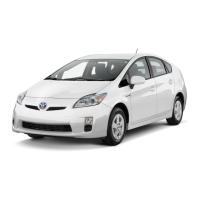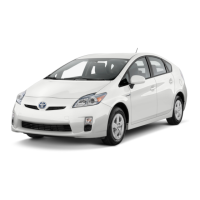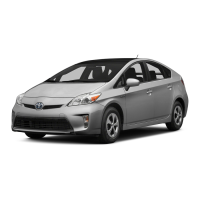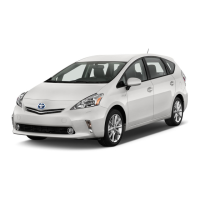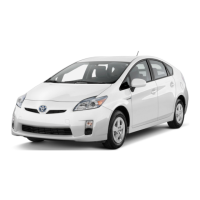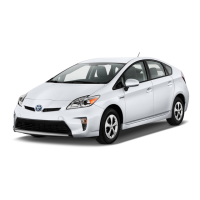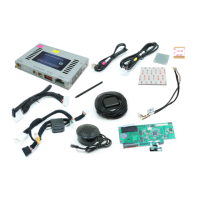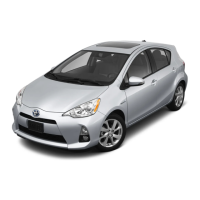Prius User-Guide (2010-2012)
Grille Blocking
Efficiency & Emissions are both dependent upon heat. During winter, colder temperatures require the engine to run more to provide
that. By blocking the grille, engine warmth can be retained longer. With less cold air hitting the radiator and passing through to the
engine compartment, the overall amount of fuel consumed can be reduced. You’ll notice a little bit faster warm-up of the heater too.
Unless you’re specifically looking for it, you may not even notice the lower-grille is blocked
entirely… especially when the Prius is coated with the usual layer of snow, sand, or salt.
There are a variety of methods available for grille blocking. They vary in cosmetic appeal. The
only tool needed is a knife for cutting notches to allow flat insertion. The tight fit holds it in place.
Squeezing
half-inch foam pipe insolation between each grille slot is a quick and inexpensive
method that works surprisingly well. It’s the same technique Iconic Prius owners have been using
for many years, as illustrated in this photo:
Once the daytime high temperature in your area drops below 60°F (15.5°C), it is safe to block the
lower-grille entirely.
For those experiencing harsher climates, such as Minnesota, there can be a benefit from partial
blocking of the upper-grille in addition to the lower-grille. Monitoring coolant temperature is
required though, since over-heating is still possible even in extreme cold.
Use an aftermarket add-on device, like ScanGaugeII, to monitor the engine coolant temperature.
The normal operating temperature is 195°F (90.5°C). The usual maximum is 198°F (92°C), which
you may see when climbing hills on the highway.
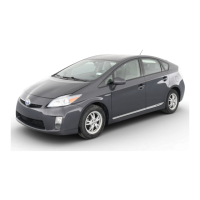
